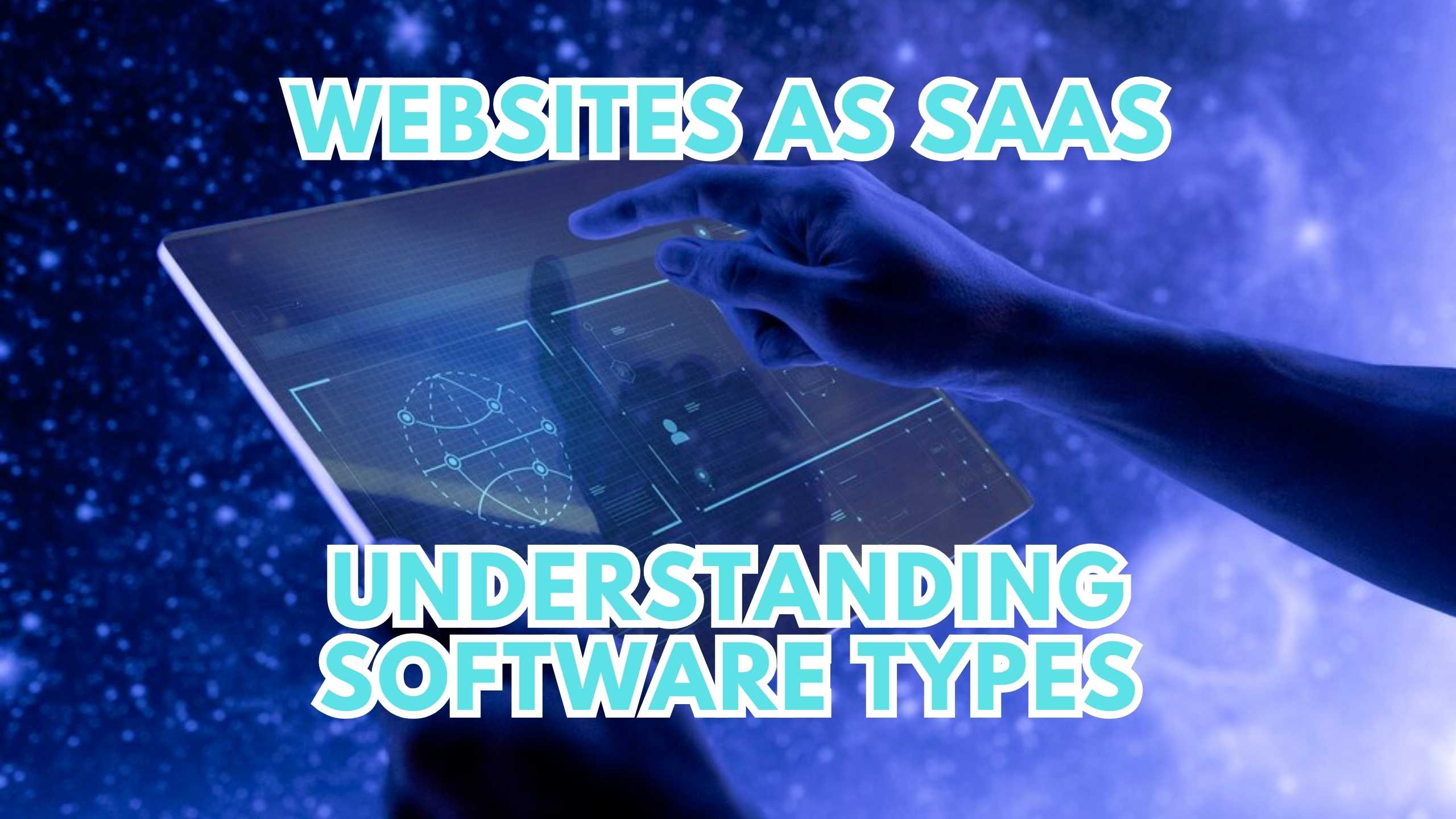Websites as SaaS: Understanding Software Types
- WebOps Platforms Bug Tracking & Feedback Software Web Development & Design


Websites as SaaS: Understanding Software Types
As the digital landscape evolves, the lines between traditional websites and Software as a Service (SaaS) platforms have blurred. Let’s delve into the intricacies of different software types, addressing the fundamental question: Do websites count as SaaS?
1. Exploring Website Functionality
Websites serve as digital spaces that provide information or services to users. While conventional websites primarily offer static content, the rise of dynamic web applications has introduced interactive and transactional elements. WordPress, a renowned content management system (CMS), exemplifies this transition by offering both traditional website features and dynamic functionalities through plugins.
2. Distinguishing SaaS Platforms
SaaS platforms, on the other hand, go beyond providing information; they deliver software applications accessible through the web. Salesforce, a leading CRM solution, exemplifies SaaS by offering a comprehensive suite of tools for customer relationship management. The distinction lies in the interactive and subscription-based nature of the services provided.
3. Embracing Hybrid Models
The evolution of web technologies has led to hybrid models that combine website features with SaaS functionality. Wix, a website builder, incorporates SaaS elements by allowing users to integrate e-commerce, appointment scheduling, and other interactive components seamlessly into their websites. This hybrid approach enhances user engagement and functionality.
Relevant SaaS Products in the Landscape
Understanding the diverse landscape of software types, let’s explore some relevant SaaS products that cater to distinct needs:
- WordPress: Empowers users to create dynamic websites with an extensive library of plugins.
- Salesforce: A comprehensive CRM solution for businesses of all sizes.
- Wix: Seamlessly integrates SaaS features into website building, enhancing user experience.
- Trello: Collaborative project management tool that operates as a SaaS platform.
- Zoom: Video conferencing software accessible through the web.
Conclusion
In the ever-evolving digital landscape, the classification of websites and SaaS platforms has become nuanced. While traditional websites offer static content, the integration of dynamic features blurs the lines. Understanding these distinctions is crucial for businesses and individuals navigating the diverse array of digital tools.
Elevate Your Digital Journey with Subscribed.fyi!
Ready to explore, compare, and manage your SaaS stack? Subscribed.fyi provides a centralized platform for unlocking exclusive deals, managing subscriptions effortlessly, and making informed decisions about SaaS tools. Sign up for free to access secret deals, streamline your SaaS expenses, and empower your digital endeavors.
Relevant Links:





